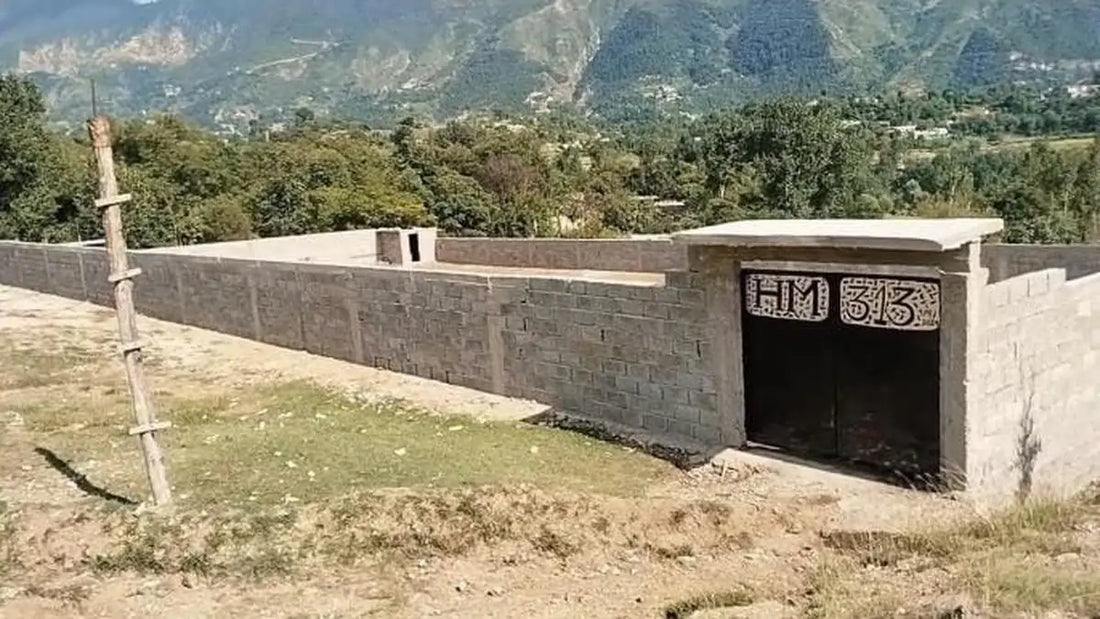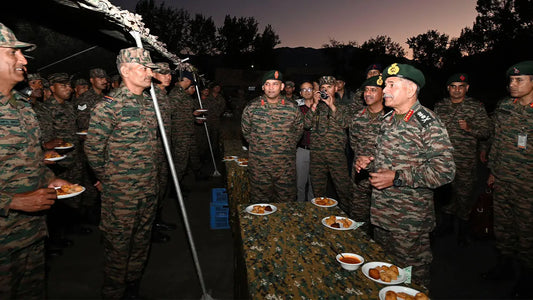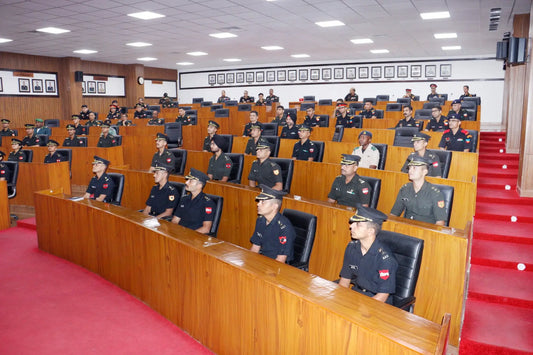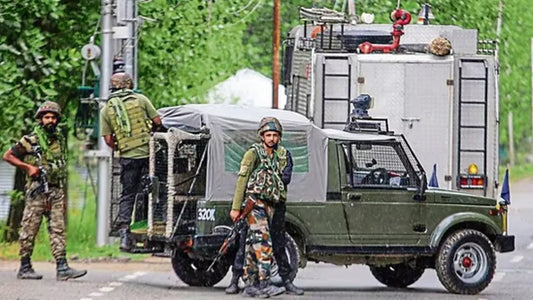LeT Shifts Operations to Khyber Pakhtunkhwa Post-Operation Sindoor

Following India’s Operation Sindoor in May, which targeted Lashkar-e-Taiba (LeT), the group has reportedly moved parts of its operations further into Pakistan, specifically in Khyber Pakhtunkhwa. This strategic relocation is understood to be a defensive measure designed to protect the organization from further Indian military actions while maintaining infiltration routes into Kashmir via the Line of Control (LoC) and the Afghan border regions.
New Command Base at Lower Dir
Satellite imagery has revealed that LeT is constructing a new command center, Markaz Jihad-e-Aqsa, in the Lower Dir district, situated 47 kilometers from the Afghan border. This facility, covering 4,600 square feet, is positioned next to the Jamia Ahle Sunnah mosque, providing a dual purpose of religious cover and recruitment opportunities. The construction commenced in July 2025, following the destruction of their previous base, Markaz Ahle Hadith at Bhimber-Barnala, by Indian forces.
Chain of Command
Leadership of the new base is reportedly under Nasr Javed, an operative associated with the 2006 Hyderabad blasts. He is tasked with reviving LeT’s suicide wing, the Jaan-e-Fidai unit. Assisting him are:
| Muhammad Yasin alias Bilal Bhai | Responsible for indoctrination and jihadist coursework. |
| Anasullah Khan | Overseeing advanced weapons training. |
Authorities indicate that this camp will function as both an ideological training ground and an operational hub.
Decentralised Expansion
LeT is enhancing its broader network, with reports of expansion at the Markaz-e-Khyber, Garhi Habibullah, and Batrasi camps. New modular training setups are being introduced, where recruits are trained in small, isolated groups to complicate surveillance and targeting efforts.
Clustering With Other Groups
The new Lower Dir camp is notably located just four kilometers from facilities operated by Hizbul Mujahideen (HM) and Jaish-e-Mohammed (JeM). Analysts suggest that this proximity indicates increased cooperation, resource-sharing, and potential ISI-led crisis management among Pakistan’s major anti-India militant factions.
Strategic Implications
This strategic shift illustrates LeT’s ability to adapt, with Khyber Pakhtunkhwa offering both cross-border recruitment avenues and potential safe havens via Afghanistan. For India, this development poses renewed threats of infiltration into Jammu and Kashmir, supported by strengthened logistical networks. The presence of senior operatives such as Nasr Javed highlights the group’s resilience and commitment to maintaining its operational capabilities despite ongoing Indian countermeasures.



















